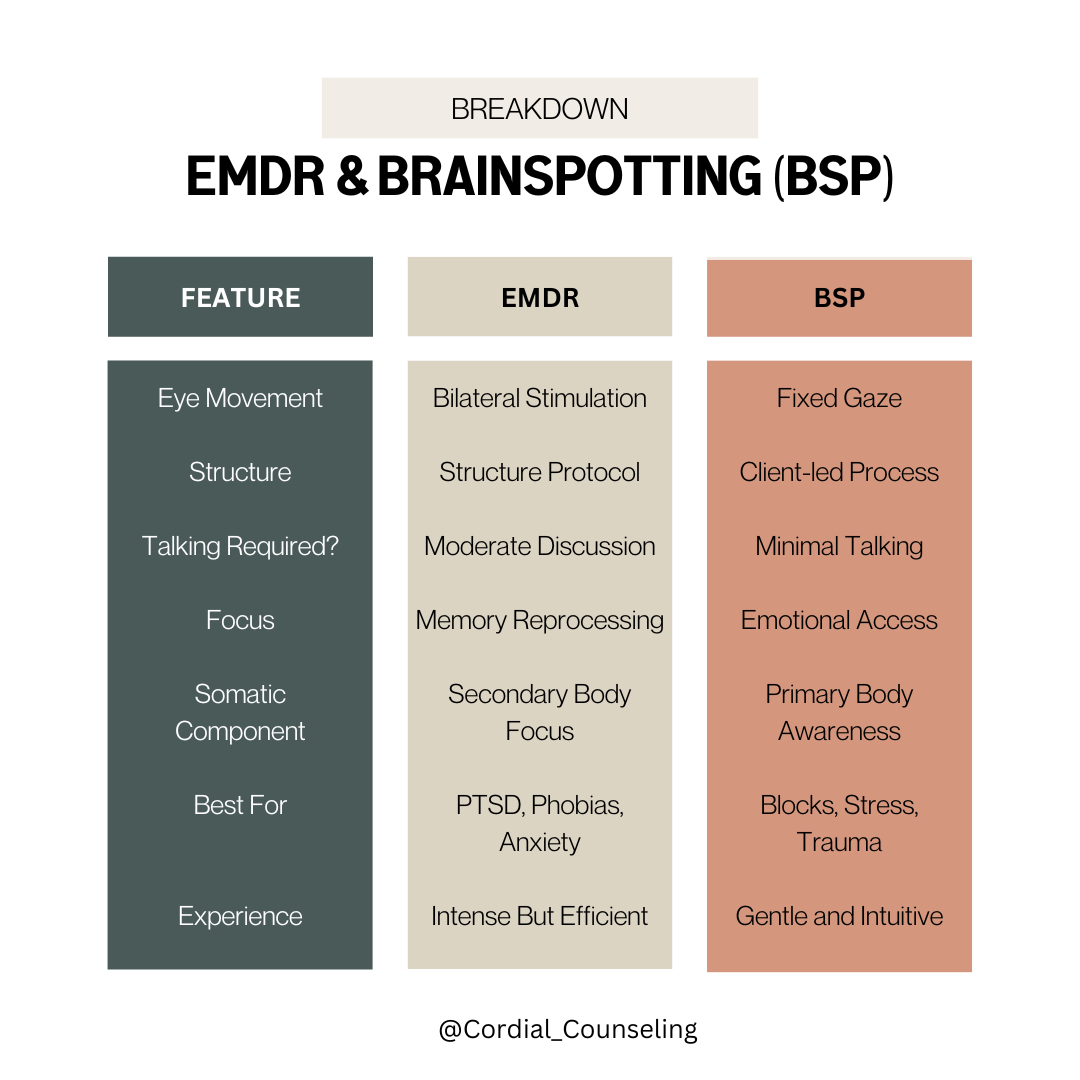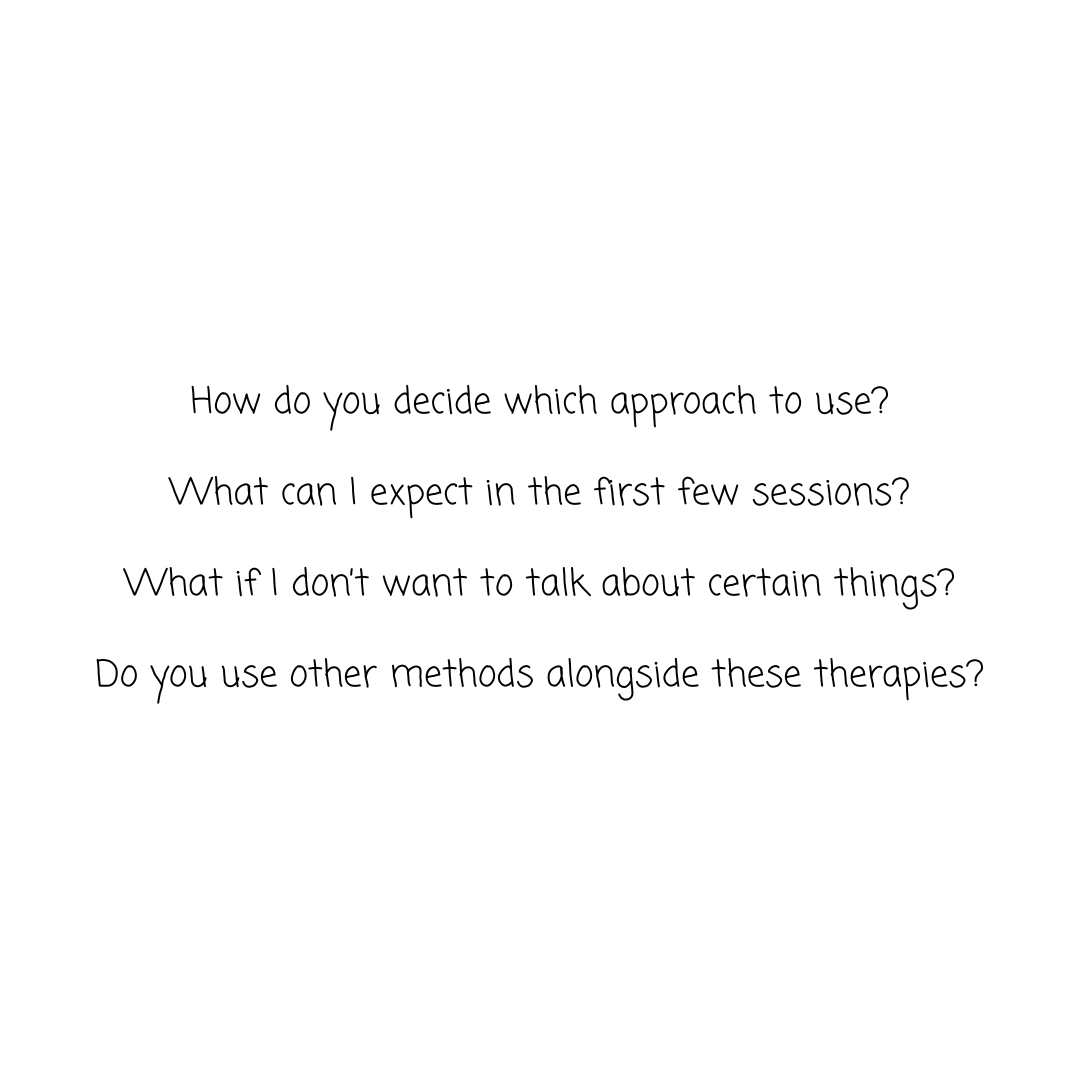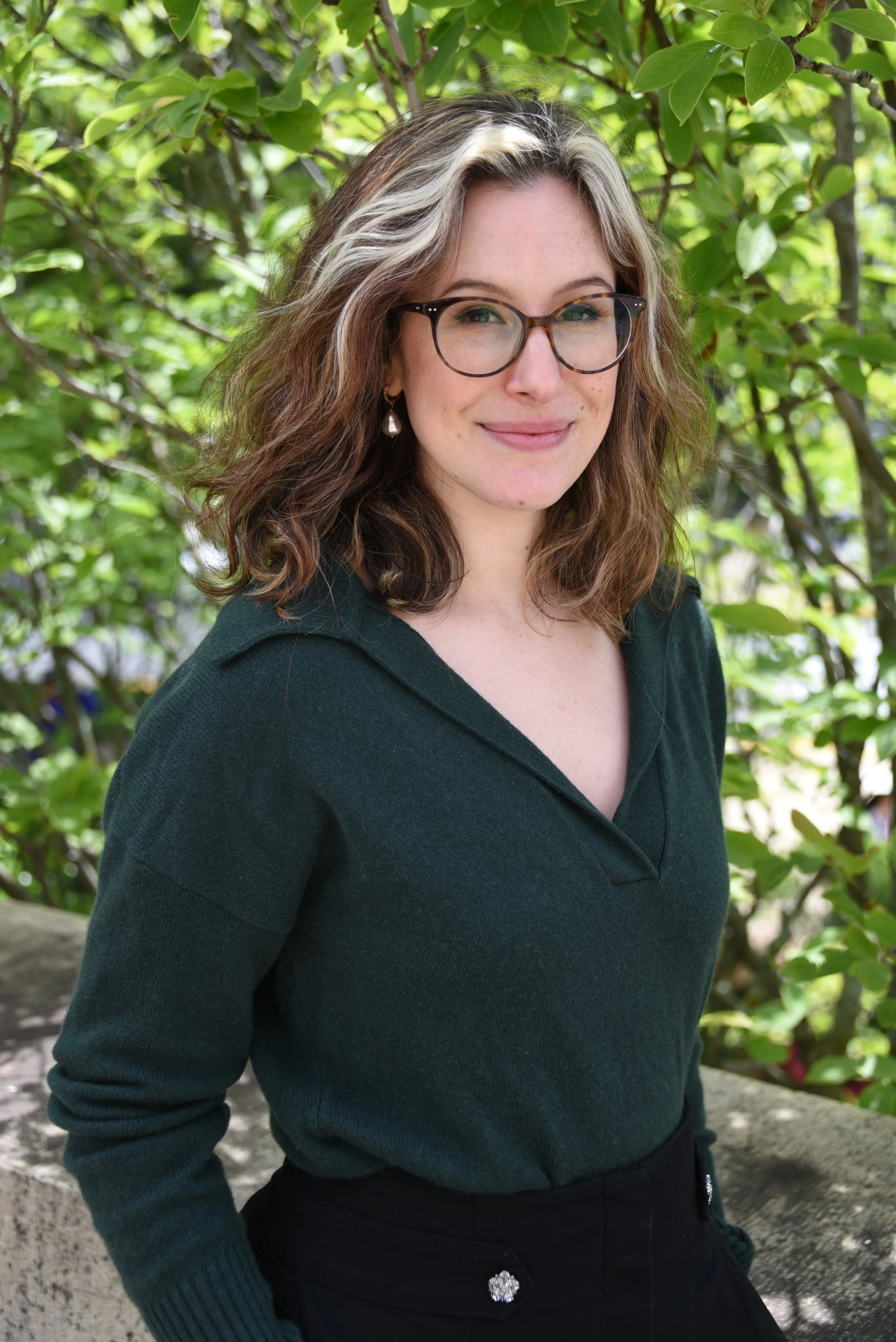Brainspotting vs EMDR: Which Therapy Is Right for You?
When you’ve lived through something hard, whether a specific trauma or a more chronic feeling of overwhelm, it’s natural to want relief that goes beyond just “talking it out.” You may have heard of EMDR or Brainspotting and wondered:
Which one is better for me?
What’s the difference?
Do I need to relive everything to heal?
As a therapist trained in both Brainspotting and EMDR, I want to offer a clear, compassionate breakdown of these two therapies. Both are powerful tools for processing trauma, anxiety, and emotional blocks, but they work in different ways.
What Is EMDR?
Eye Movement Desensitization and Reprocessing (EMDR) is a structured therapy developed to help people recover from trauma and PTSD. During EMDR, the therapist guides you through specific eye movements or other bilateral stimulation (like tapping) while you bring certain memories or emotional themes to mind.
The idea is that this rhythmic, left-right stimulation helps the brain reprocess distressing memories in a more adaptive way, so that they lose their intensity, and you’re no longer “stuck” in that emotional time loop. I send this video to clients thinking of trying EMDR, so they can learn about the underlying theory and get an idea of what to expect in an EMDR session: https://youtu.be/Pkfln-ZtWeY?feature=shared.
Some clients really appreciate the structure of EMDR. It follows a clear 8-phase protocol and often involves identifying target memories, beliefs, and body sensations, then working through them in session.
What Is Brainspotting?
Brainspotting is a newer, body-centered therapy developed with the understanding that where you look affects how you feel. In a session, the therapist helps you locate a “brainspot”, a specific eye position linked to stored trauma, emotion, or body sensation.
Instead of asking you to talk through the memory or apply logic, Brainspotting invites you to notice what arises, thoughts, sensations, emotions, as your gaze stays on that fixed spot. The therapist holds a deeply attuned presence, but the real healing comes from your body’s natural ability to process and release what it’s been holding.
Fun fact! Brainspotting was pioneered by Dr. David Grand, who developed this therapy through his work as an EMDR therapist.
Brainspotting tends to be gentler, quieter, and more somatic than EMDR. It’s especially helpful for clients who feel stuck, overwhelmed, or struggle to put their experiences into words.
What Happens in a Session?
While both EMDR and Brainspotting aim to support emotional healing, the experience in the therapy room can feel quite different. Some clients prefer the structured nature of EMDR, with its clear steps and guided eye movements, while others find comfort in the slower, body-led approach of Brainspotting.
Below is a simple comparison to help you get a feel for what each modality involves during a session, so you can choose the one that best fits your needs and nervous system.
Which Therapy Is Right for You?
There’s no one-size-fits-all answer, only what feels most supportive to where you are now.
You may be drawn to EMDR if:
You want a structured approach with a clear protocol
You’ve already identified specific memories or traumatic events
You prefer “spurts” of intense emotion, with breaks to check in with your therapist in between
You may resonate more with Brainspotting if:
You feel stuck or flooded without knowing exactly why
You’re highly sensitive or find talking about trauma overwhelming
You want a quiet, body-based approach that doesn’t require storytelling
How It Feels to Heal
Healing through Brainspotting or EMDR often doesn’t come with fireworks, it’s more like an exhale you didn’t know you were holding. Some clients describe a softening in their body, others notice they’re no longer reacting the same way to old triggers.
You might start to:
Feel calmer in situations that used to flood you
Make choices based on what you want, not just what feels “safe”
Experience more self-compassion and less internal conflict
Healing doesn’t mean you never feel pain again. It means you're not ruled by it. These therapies help you make space for your full self, not just the parts that have learned to cope.
My Perspective as a Therapist
In my work, I often meet people who already understand why they feel the way they do. They’ve read the books, made the connections, maybe even been in therapy before, but something still feels stuck. That’s where Brainspotting and EMDR can offer a bridge between insight and actual transformation.
Both EMDR and Brainspotting honor the truth that trauma lives in the body, not just the mind.
But they offer different roads to healing, one more cognitive and structured, the other more intuitive and somatic. I don’t believe one is better than the other. I believe in meeting each person where they are and helping them find what works for their nervous system, their story, and their goals.
What to Ask in a Consultation
If you're unsure where to start, know that it’s okay to come with questions. Here are a few things you might ask a therapist trained in Brainspotting or EMDR:
A good fit isn’t just about credentials, it’s about whether you feel seen, heard, and safe enough to begin.
Your Healing Doesn’t Have to Look Like Anyone Else’s
Whether you’re drawn to Brainspotting, EMDR, or you’re still sorting through what feels right, remember this: your healing journey is yours alone. You don’t need to have it all figured out to begin. You just need curiosity, courage, and the right support beside you.
If something inside you feels ready, or even just open, I’d be honored to help you explore what healing can look like for you.
About the Author
I'm a licensed therapist at Cordial Counseling in Columbia, MD, where I work with adults who are untangling the lasting effects of family dynamics, trauma, and self-doubt. My approach is rooted in parts work, creativity, and trauma-informed care.
I believe that healing doesn’t come from fixing what's “wrong” with you, but from building a relationship with all the parts of you that have helped you survive. In my writing and in my work, I hope to offer a sense of clarity, compassion, and hope.


